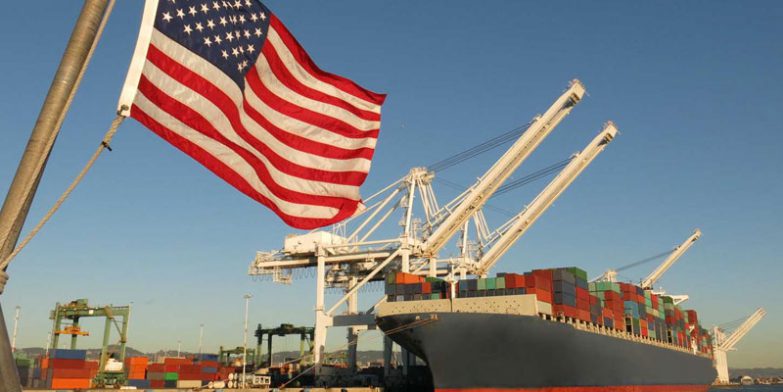
As carriers announce rate increases from Asia to Europe, they are also implementing a raft of service suspensions, port call changes and blank sailings to support freight rates from Asia to the US West and East coasts, with the latter a scant 2% above pre-pandemic levels.
Record numbers of new container ships are due to enter service by end 2024, adding 2.5m TEU capacity this year, but even before all that is added, capacity is already on track to grow more than 20%, as we approach the later stages of the normal peak season. (On the Asia-Europe trade capacity growth is currently scheduled to cross an even higher 40% mark!)
The cyclical nature of shipping means that the market has been here many times in the past and it is inevitable that capacity injections will at times exceed demand growth, as they do currently, with Asian import volumes into the US 20% below last year’s levels.
The carriers have shown that they have the ability to manage capacity, even in the face of a large supply/demand discrepancy, as they clearly demonstrated at the outbreak of the COVID pandemic.
With the status-quo certainly resulting in a sharply worsening market balance, and likely continuing declines in freight rates, the JOC is reporting some significant actions by the carriers to try and take them out of loss-making territory in the 2nd half of 2023.
THE Alliance will suspend a Pacific South Loop service from central China to the West Coast, however, THE Alliance members will also add new port calls to maintain a frequent and comprehensive service coverage.
An Evergreen trans-Pacific Arabian service, which has been weekly, will be fortnightly into the US West Coast from July through the end of August, while its US Southwest Express service already cancelled a June sailing and Ocean Alliance’s South Atlantic Express (Cosco), cancelled a sailing from Asia that was due on the East Coast in August.
Maersk previously announced in June that it would slow down 10 trans-Pacific services to the US West and East coasts, increasing transit times on some services by up to two days, though Maersk maintains that the adjustments would reduce schedule gaps and instances where vessels get delayed.
With record deliveries of containerships expected this year and next, offsetting downward pressure on freight rates by reducing capacity, slow steaming and layups are the carriers most sensible options, because a self-destructive scramble for market share would not be in anyone’s interests.
If you have any questions or concerns about the issues raised in this article, we can review your situation, explain how you might be impacted and, if necessary, provide you with alternative solution for your imports into the United States.
Whatever challenges your supply chain may face, Global Forwarding USA has a dedicated sea freight team, who leverage our long-term ocean carrier relationships and $Billion buying-power to deliver cost-effective, resilient and reliable solutions.
EMAIL Adam Davies, Global Forwarding USA, Vice President.





